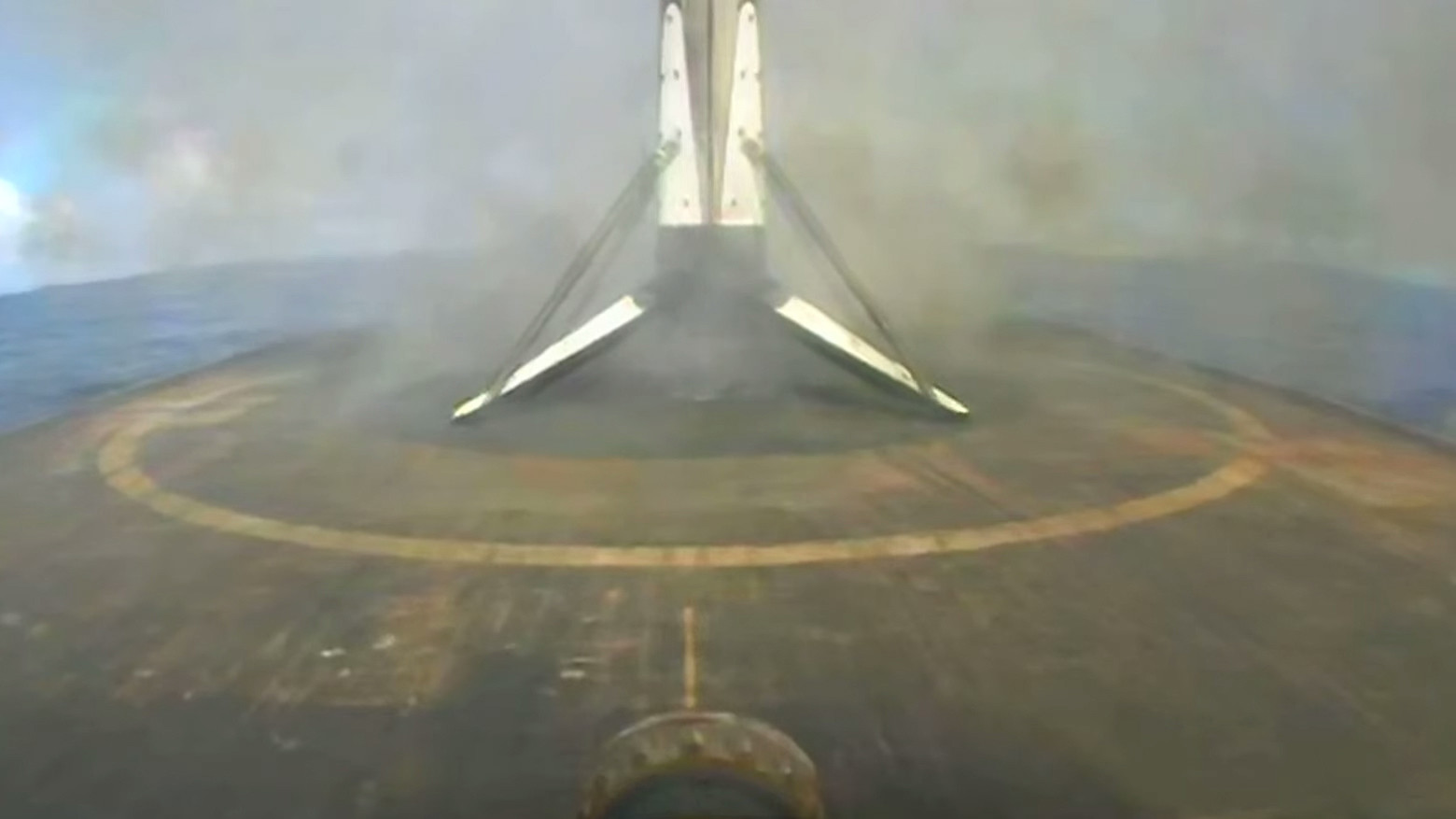
SpaceX's latest launch had a lot of firsts. On Monday, July 20, Falcon 9 took flight for the 12th time this year. At 05:30 PM EDT, from Launch Complex 40 at Cape Canaveral, Florida, it began its journey with ANASIS-II onboard, which became South Korea's first military satellite in space following successful deployment.
On this mission, the Falcon 9 rocket used the same boosters that were used less than two months ago in Crew Dragon's maiden manned flight to the International Space Station (ISS). To be exact, a period of 51 days separates the Dragon's test flight and Monday's launch, making it the fastest turnaround time for a rocket booster in history. The previous record was held by NASA's Atlantis space shuttle, which turned around in 54 days. In spite of this impressive feat, SpaceX is pushing to further reduce this turnaround time to a matter of days instead of weeks.

This recycling and reusing of rocket boosters is a way for SpaceX to cut costs, essentially recovering machinery worth millions of dollars with each launch. Still, the founder and CEO of the firm, Elon Musk, wants to further maximize this. And Monday's launch did exactly that.
For the first time, SpaceX was able to recover both fairing halves on the Falcon 9. This fairing is essentially a two-piece protective cover encapsulating the payload on the rocket as it pushes through Earth’s atmosphere before entry into space. After they have served their purpose, the two halves dislodge from the spacecraft and end up in a water body on Earth.
SpaceX caught and retrieved the two fairing halves using two ships accoutered with special nets, Musk announced in a tweet. Of course, this in addition to SpaceX successfully landing the Falcon 9's boosters back on a landing pad to retrieve them as well.
— venus 🧜♀️ (@venus47203379) July 20, 2020
The estimated savings from the fairing's retrieval alone amount up to $6 million. Furthermore, SpaceX is looking into potentially modifying the netted ships to catch the Crew Dragon bringing astronauts back to the Earth in the future as well. Historically, astronauts have to be collected from an ocean, and thus, immediate retrieval via the modified ships could be a promising safety improvement to the procedure.
















